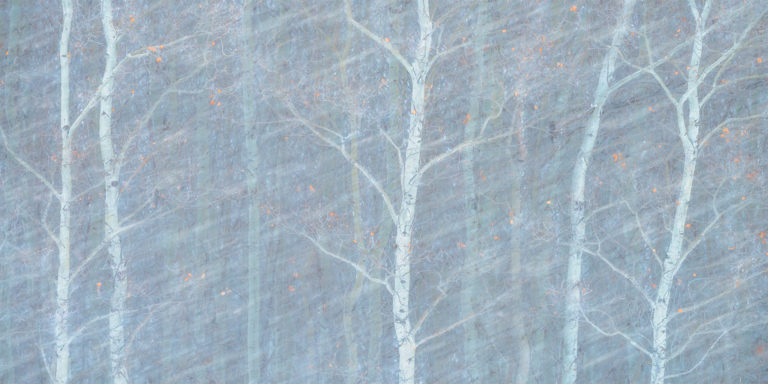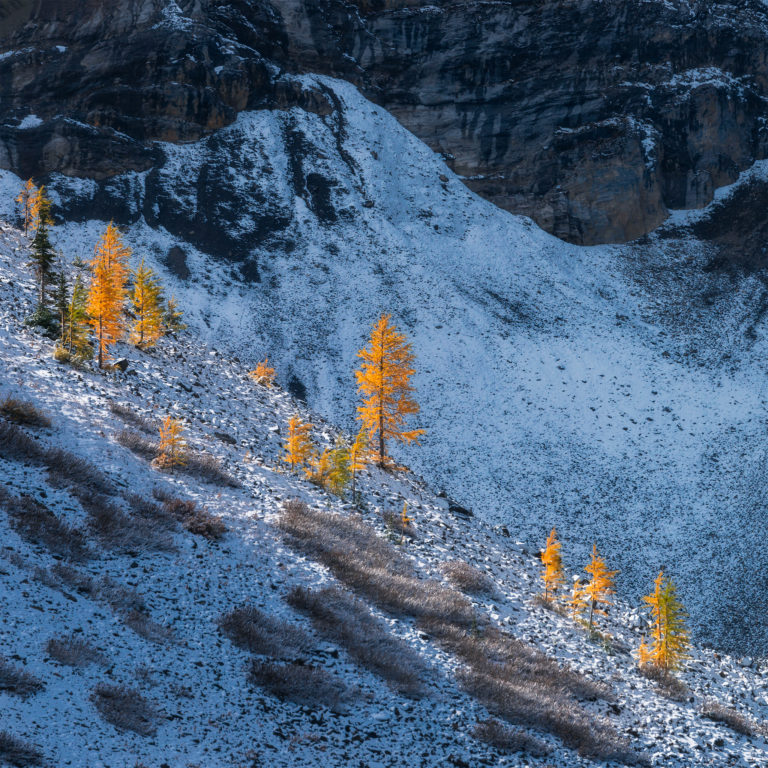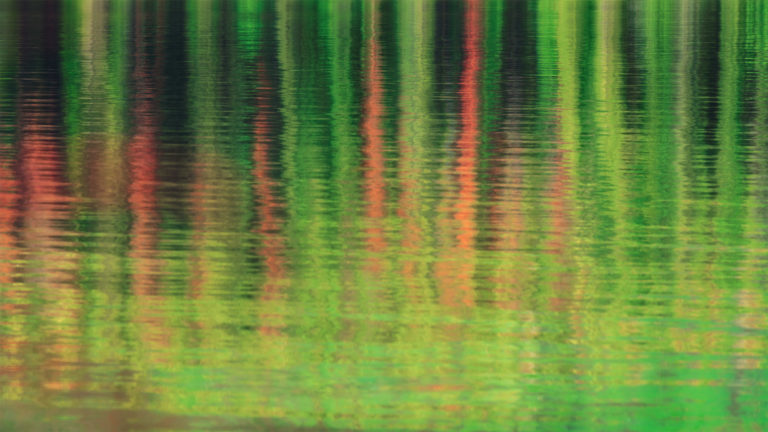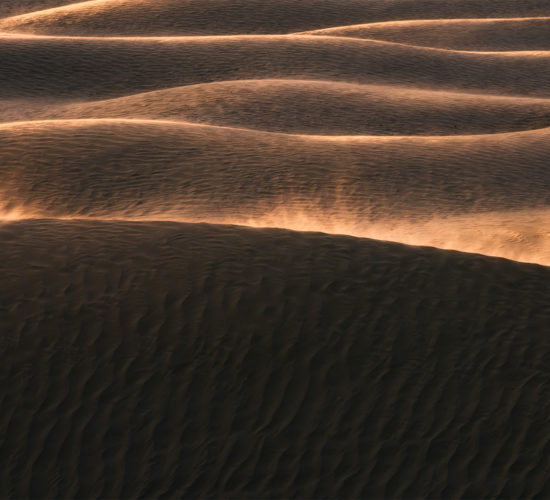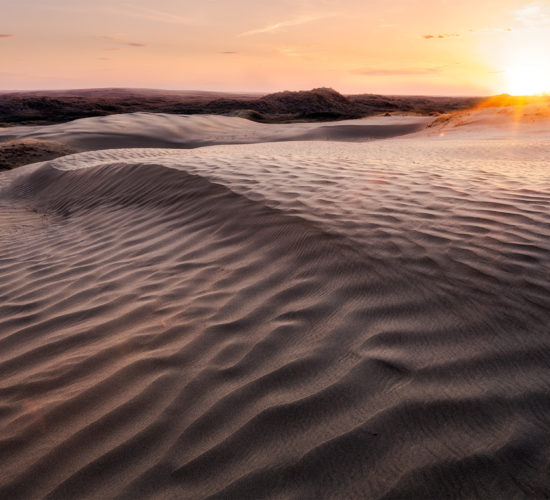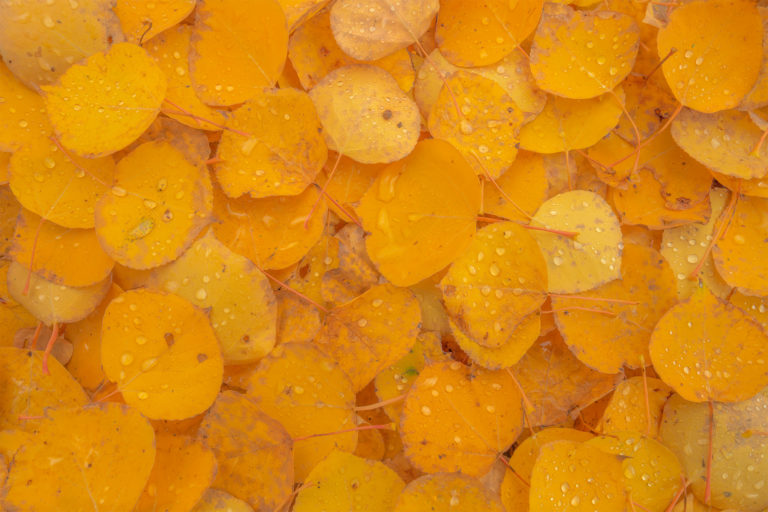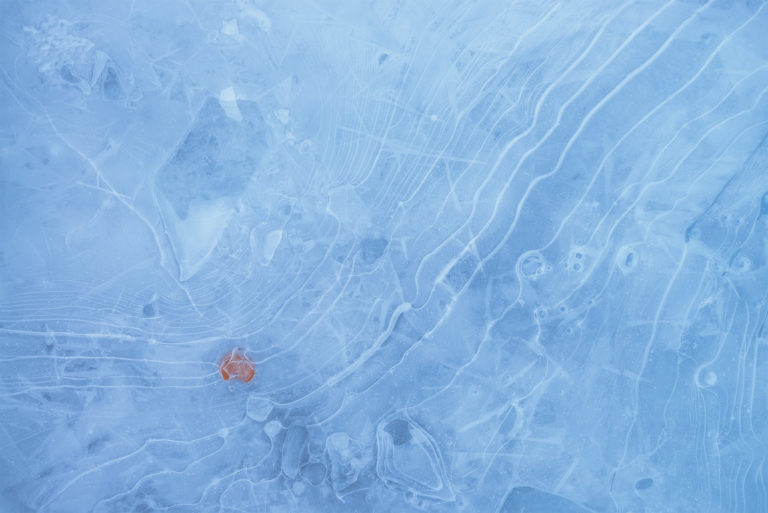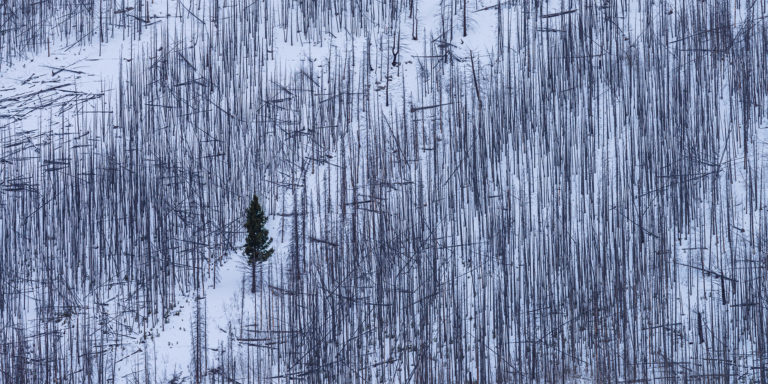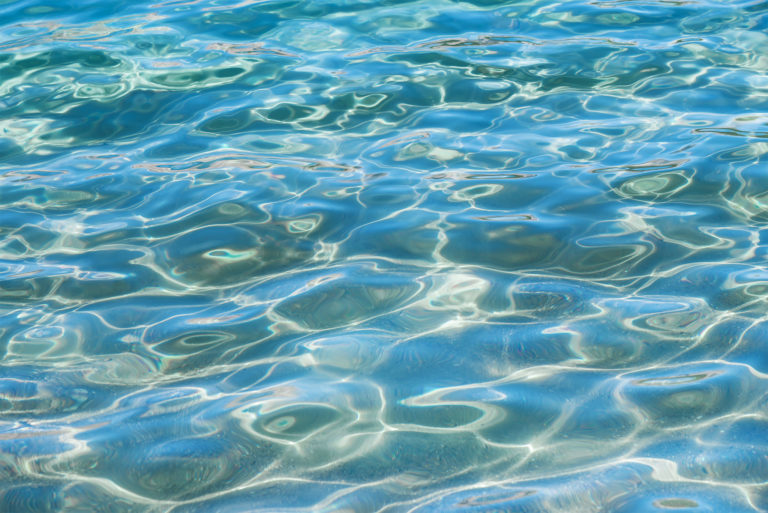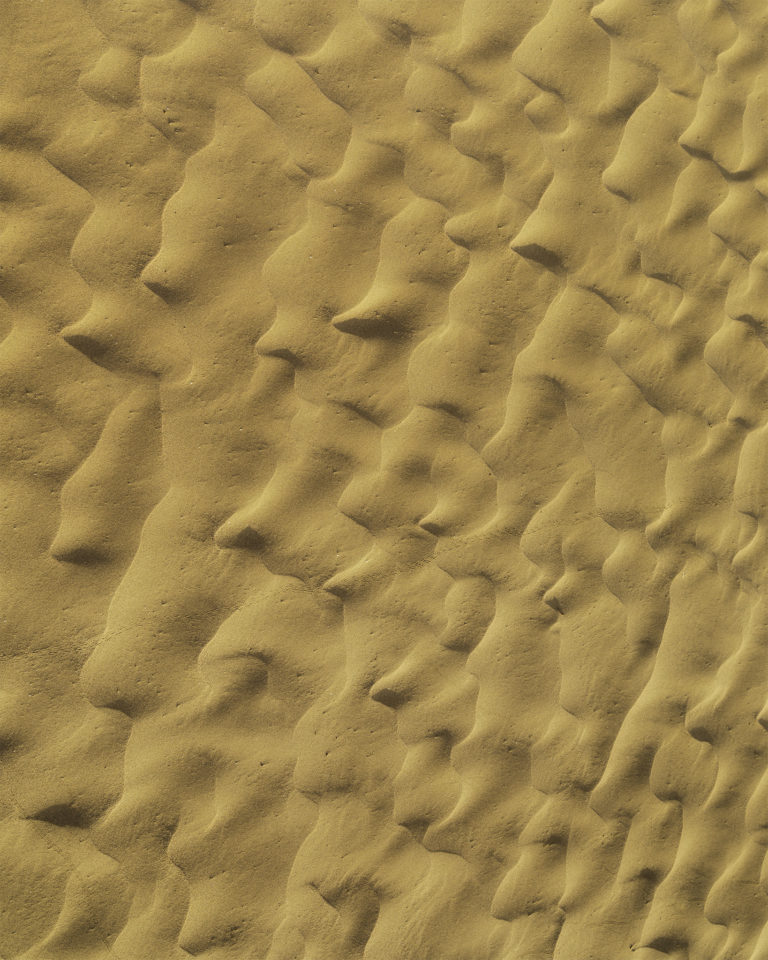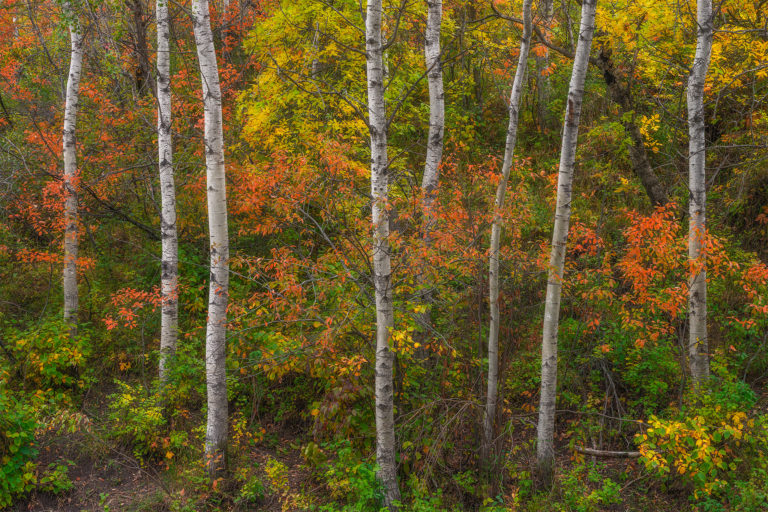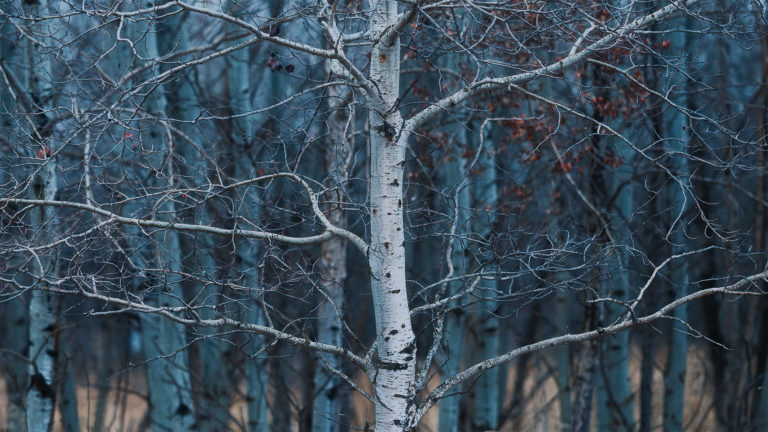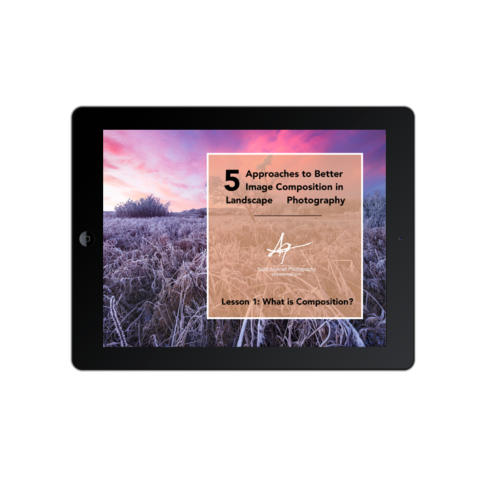EXPERIMENT
When capturing intimate landscapes, it’s best to approach things with an open mind. While grand landscapes are often captured using a wide-angle lens with uncomplicated settings, smaller scenes are created using a myriad of lenses and approaches. The photos contained in this article and on this page were captured with focal lengths ranging from ultra-wide to super-telephoto and a mixed bag of shutter speeds and apertures to get the desired effects. There is no formula for capturing intimate landscapes. It’s more about experimenting with different focal lengths and settings to best capture what it is that you enjoyed most about that scene.
But, I’ll be the first to admit that this isn’t exactly helpful advice if you’re beginning. It’s sometimes helpful to view a scene with a telephoto zoom lens and slowly zoom in and out on different landscape elements. We don’t naturally see at those longer focal lengths, and you may need to train your eye to see at the longer end of the telephoto range, so I find this exercise quite helpful. A second suggestion is to play around with depth of field and shutter speed. Some subjects look better with a shallow depth of field while others benefit from being tack sharp. Perhaps a slower shutter speed blurs movement in a visually pleasing way, or maybe the scene looks best with a fast shutter speed to freeze motion. And, while performing these exercises, you might be pleasantly surprised at what you see in the viewfinder.

